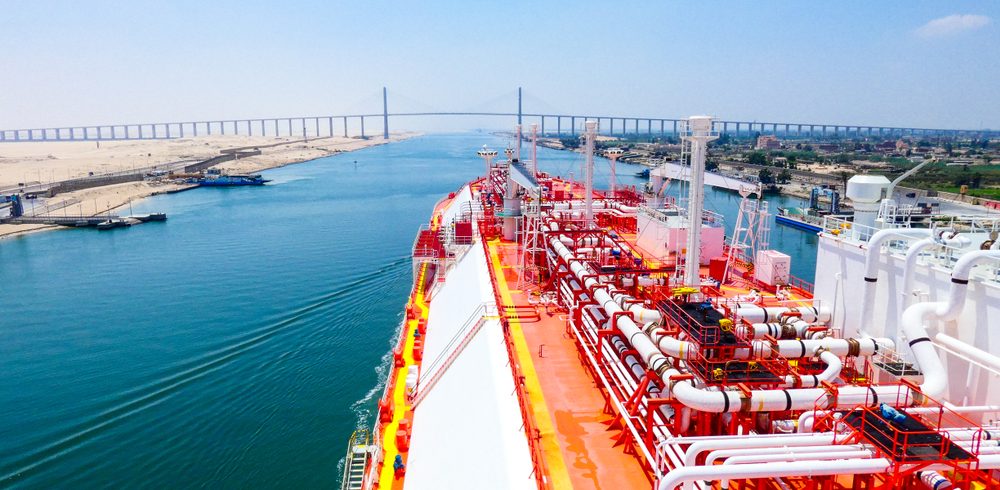Naval officers have told MPs that Royal Navy ships are unable to function properly in hot conditions.
One officer has reported that the Type 45 is ‘vulnerable’ whenever they try to operate too many of its functions at the same time.
MPs were told on Tuesday that the engines used to power the Royal Navy’s cutting edge fleet of Type 45 destroyers cannot work properly for prolonged periods in the Gulf’s warm waters.
The defence selected committee grilled executives from General Electric, Northrop Grumman, Rolls Royce and BAE Systems about why the UK’s most advance and newest destroyers have repeatedly broken down over the past few years.
Many of the ships have been left without power for weapons or propulsion systems.
In response to questions on the power systems failings in waters warmer than those found in the UK, the managing director of BAE Systems maritime, John Hudson, said that the vessel’s original specifications were not designed to work in such extreme environments.
He said that at the time of construction, there was no knowledge that the operating profile would need to be able to work in continuous or repeated operations in waters of the Gulf.
Rolls Royce Naval Programmes’ Tomas Leahy admitted that vessels are now having to operate in much more testing conditions than previous specifications had envisaged.
However, the Ministry of Defence replied by stating that this was not the case and insisted that the Type 45 was designed to operate in operations all around the world from extreme tropical environments to the sub-Arctic.
The fleet of six vessels, each costing the tax payer £1 billion, form the backbone of Britain’s sea combat forces and are up there with the world’s most advanced missile destroyers.
They are also the first all-electric ships to be used by the Royal Navy and are powered by a pair of Rolls Royce WR21 gas turbines.









